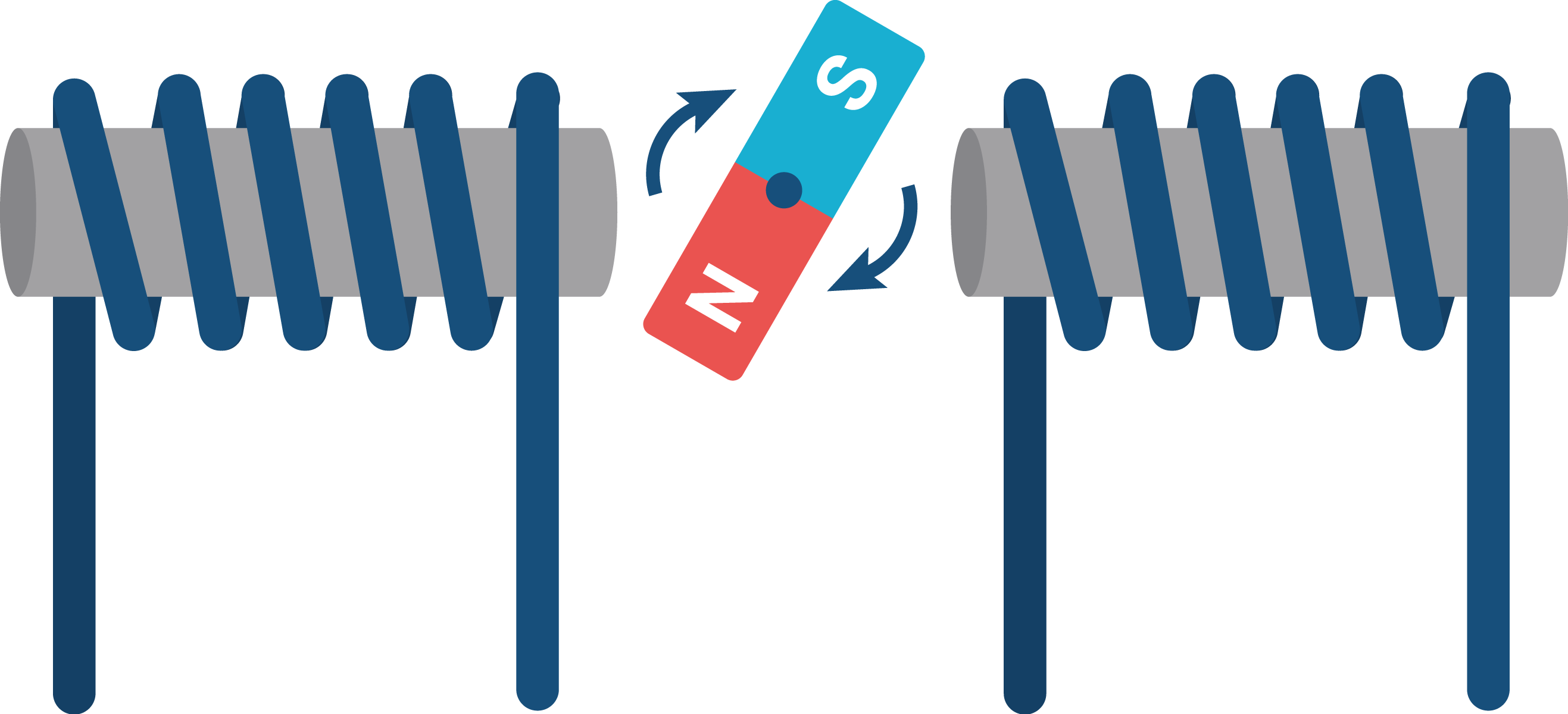Get Tech Tips
Subscribe to free tech tips.
What the Heck is a Friction Rate?

Friction rate is a value located on a ductulator. We use it during the design phase of a duct system to predict the operating static pressure of a duct system. The challenge with friction rate is that it is often misapplied by folks using a rule of thumb (ROT).
In order to apply friction rate properly, we need to understand its intent and its limitations.
Friction rate is expressed in inches of water column, which happens to correspond to the pressure scale often used to measure static pressure in duct systems. That means they are the same thing, right? No, but they are related.
The ductulator also provides another piece of information about friction rate, which is f/100; this means the friction rate shown on the ductulator is based on 100’ of straight pipe in the size selected. The challenge here is that our ducts are not all 100’ long, and they are not straight. That's what brings us to the term “effective length” (EL) given for fittings; a fitting with an EL of 25’ has an equal resistance to 25’ of straight pipe. Fittings add up quickly in a system, which means that our total EL (TEL) of a duct system is beyond 100’.

That all brings us to the ROT many duct designers use in the field, which is setting a ductulator on a 0.1” friction rate to choose the size of a duct needed for a given CFM of airflow. That ROT becomes problematic because the actual length of the duct is not considered, which often leads to undersized ducts and low system airflow caused by excessive resistance (high static pressure).
A little math is required to figure out what friction rate the ductulator really needs to be set on to get an accurate picture of what the measured static pressure will be after the duct system is complete. You can see that math in the equation below:
Friction Rate = (Target Static Pressure x 100) / TEL
Example: Let's say we have a desired duct static pressure of 0.10” and a TEL of 200′. We multiply 0.10 by 100 (0.10 x 100 = 10). Then, we divide 10 by the TEL of 200 (10 / 200 = 0.05). So, we can tell that we need a friction rate of 0.05” on the ductulator to select the correct size duct.

So, one little math equation fixes this issue? Whoa there, cowboy, it's not quite that easy.
The equation is only one piece of the puzzle. Unfortunately, there are rarely any easy ways to get accurate answers, which means that using ROTs like a 0.1” friction rate during duct design can lead to poor results.
I recommend becoming comfortable with ACCA Manual D. You can download and use the Manual D speed-sheet from ACCA (https://www.acca.org/standards/speedsheets) for better results.
Don’t be an ROT’er.
—Eric Kaiser











Comments
Hey Eric,
What happens when we fall outside of the “ACCA wedge” of .06-.12 (or whatever it is) for sizing ducts. Does airflow become unpredictable at that point? Thanks for the article!
Hey Eric,
What happens when we fall outside of the “ACCA wedge” of .06-.12 (or whatever it is) for sizing ducts. Does airflow become unpredictable at that point? Thanks for the article!
Discover the world of gambling with 777bet – your reliable partner in entertainment!
Players can reach out for assistance via various methods, such as live chat and email.
Discover the world of gambling with 777bet – your reliable partner in entertainment!
Players can reach out for assistance via various methods, such as live chat and email.
Hello!
https://malina-casinos.com
Hello!
https://malina-casinos.com
Hello
https://winouii.com
Hello
https://winouii.com
Hello!
https://pow-bets.com
Hello!
https://pow-bets.com
Hello!
https://pow-bets.com
Hello!
https://pow-bets.com
Hello
https://neon54online.com
Hello
https://neon54online.com
Hello
https://wingagaga.com
Hello
https://wingagaga.com
Hello
https://zasvoih.ru/
Hello
https://zasvoih.ru/
TurkPaydexHub se demarque comme une plateforme d’investissement en crypto-monnaies revolutionnaire, qui exploite la puissance de l’intelligence artificielle pour proposer a ses membres des atouts competitifs majeurs.
Son IA scrute les marches en temps reel, repere les opportunites et applique des tactiques complexes avec une finesse et une celerite inaccessibles aux traders humains, maximisant ainsi les potentiels de profit.
TurkPaydexHub se demarque comme une plateforme d’investissement en crypto-monnaies revolutionnaire, qui exploite la puissance de l’intelligence artificielle pour proposer a ses membres des atouts competitifs majeurs.
Son IA scrute les marches en temps reel, repere les opportunites et applique des tactiques complexes avec une finesse et une celerite inaccessibles aux traders humains, maximisant ainsi les potentiels de profit.
https://lodgefarm-plants.com/uncategorized/registraciya-melbet-polnyj-gid-dlya-novichkov/
https://lodgefarm-plants.com/uncategorized/registraciya-melbet-polnyj-gid-dlya-novichkov/
https://moneylead.gg/
https://moneylead.gg/
Hi Bruce, you can design a system that falls outside the wedge, you just end up with a very strange design in some ways. I’m designing a system with only .2 available static (it’s a ducted mini split). By the time you subtract the dampers and grilles, you only have .11 available static. So unless you have really low TEL you end up with monstrous ducts. So then you have to question whether or not your design really “makes sense.” This article helped me some, this is definitely a challenging topic. https://russellking.me/2020/07/05/friction-rate-explained-maybe/
Hi Bruce, you can design a system that falls outside the wedge, you just end up with a very strange design in some ways. I’m designing a system with only .2 available static (it’s a ducted mini split). By the time you subtract the dampers and grilles, you only have .11 available static. So unless you have really low TEL you end up with monstrous ducts. So then you have to question whether or not your design really “makes sense.” This article helped me some, this is definitely a challenging topic. https://russellking.me/2020/07/05/friction-rate-explained-maybe/
Hello
https://spinanga-online.com
Hello
https://spinanga-online.com
To leave a comment, you need to log in.
Log In